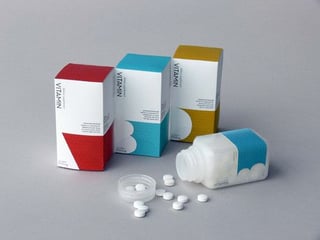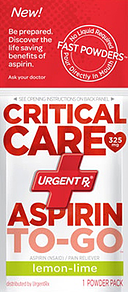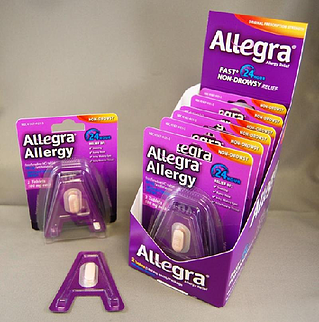 Product manufacturers in the medical industry have a unique responsibility to their end users, whether they be medical professionals or consumers, to provide safe and simplistic packaging. Unlike other products, there are strict guidelines such as standardized terminology and integrity testing that are required as part of medical packaging design. There are four trends happening now in the medical packaging industry that are raising the quality of packaging. Two are aimed at simplifying the lives of medical professional end users and the other two are aimed at consumer end users. Take a look at each here:
Product manufacturers in the medical industry have a unique responsibility to their end users, whether they be medical professionals or consumers, to provide safe and simplistic packaging. Unlike other products, there are strict guidelines such as standardized terminology and integrity testing that are required as part of medical packaging design. There are four trends happening now in the medical packaging industry that are raising the quality of packaging. Two are aimed at simplifying the lives of medical professional end users and the other two are aimed at consumer end users. Take a look at each here:
Medical Professional End User
1. Universal Design
In the operating room, tiny pieces like screws are often used, especially in ankle or foot surgery. Packaging for these small pieces has been a constant challenge for medical professionals for two reasons. First, many of these small pieces come in packages that have sharp edges which can cut open operating gloves. Second the packaging usually has thin outer layers that allow pieces to puncture through their packaging, making them unsafe for use in sterile environments. The Wright Medical Group responded to these challenges by developing a new, award-winning design for a vast variety of small pieces with no sharp edges that makes handling easier. Additionally, the universality of the packaging means that product validation can be accomplished with much more consistency and efficiency at hospitals.
2. Easily Identifiable
Nurses and technicians who work in operating rooms have long been plagued by surgical kits that have confusing labels. Either the labels are not clear, or the the differing style of labels from competing manufacturers create confusion in the OR, threatening patient safety. Medline Industries Inc. addressed this issue by developing what they call the “Empower” identification system for surgical kits. The system includes matching, color-coded outer and inner labels. The most important aspect of this new trend is that the design allows the medical professional end users to choose which colors they wish for any given kit, that way they are not limited by the manufacturer’s color schemes.
Consumer End User
1. On-the-Go
Another trend emerging in the medical packaging industry is on-the-go products. This trend is aimed at consumer end users rather than medical professionals. An example of this packaging strategy is UrgentRx’s Critical Care Aspirin products. The package of powdered medicine is as small as a credit card and can be quickly opened by tearing at the flexible tap. The ease of this packaging benefits consumers in a number of ways. The compact size allows them to keep the product in a purse or wallet, and having that easy access to quickly-absorbed medicine significantly lowers the risk of injury or death during a heart attack. Here is an image of this specific on-the-go packaging:
http://www.buyemp.com
2. Trial Packaging
Another consumer-aimed trend picking up traction in the medical industry is trial packaging. This is particularly relevant for antihistamine medications like Allegra that can lower in effectiveness over time. Since consumers may want to know if the product stills works for them, this smaller-dosage option attracts them to the brand. In this particular example, Allegra shaped the packaging in an “A” shape and kept their familiar purple color so that the brand image would be reinforced while the customer enjoyed the convenience of the trial size of the product. See that example below:
http://www.healthcarepackaging.com/package-design/promotional-package/allegra-trial-pack-delivers-multiple-packaging-firsts


 Product manufacturers in the
Product manufacturers in the 



